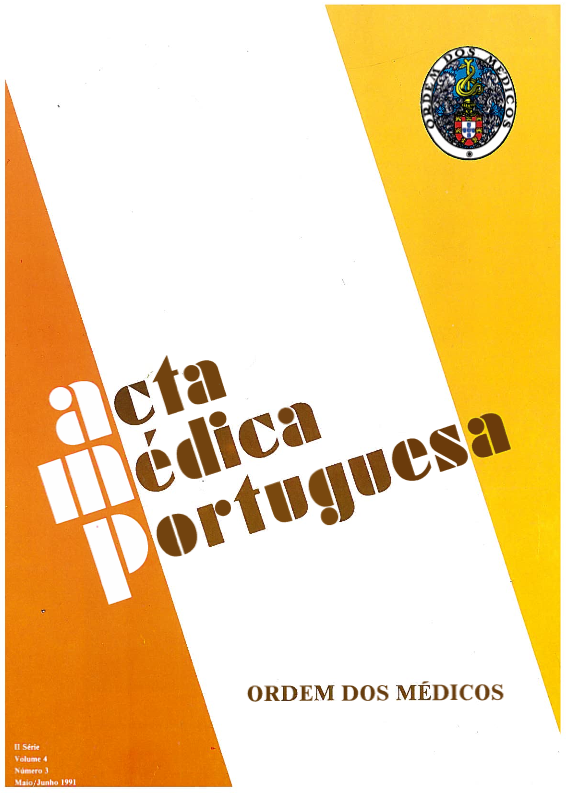Euthanasia and the physician.
DOI:
https://doi.org/10.20344/amp.3340Abstract
The problem of Euthanasia is approached in the light of the Hippocratic principles, which have not changed with time but have only been adapted to new scientific and social developments. The definition of what constitutes Euthanasia is clarified and the need to avoid that semantic mutations may manipulate ideas is stressed, so that what is certainly wrong does not seem to appear as right. The uniqueness and individuality of the human being is emphasized as well as the commitment of doctors to their patients wellbeing, although at times a balance may be needed in relation to some apparently conflicting interests of society as a whole. The importance of the doctor/patient relationship is stressed, particularly in the final stages of terminal disease. Decisions concerning life and death, although preferably to be shared, still rest most times upon the doctor's shoulders alone. The respect for the wishes of the patients, their right to know the truth and its limits, the use of the living will, the right to die in dignity, the use of ordinary or extraordinary means of treatment, the concept of brain death and the rules for resuscitation, are commented upon. In all cases, the need for a global and individualized approach is mandatory before any final decision is made. Total respect for human life, from its beginning to its end is emphasized, intentional killing, for whatever reason or motivation, is firmly rejected. Reference is made to national and international codes of ethics as well as to declarations and statements of the World Medical Association.(ABSTRACT TRUNCATED AT 250 WORDS)Downloads
Downloads
How to Cite
Issue
Section
License
All the articles published in the AMP are open access and comply with the requirements of funding agencies or academic institutions. The AMP is governed by the terms of the Creative Commons ‘Attribution – Non-Commercial Use - (CC-BY-NC)’ license, regarding the use by third parties.
It is the author’s responsibility to obtain approval for the reproduction of figures, tables, etc. from other publications.
Upon acceptance of an article for publication, the authors will be asked to complete the ICMJE “Copyright Liability and Copyright Sharing Statement “(http://www.actamedicaportuguesa.com/info/AMP-NormasPublicacao.pdf) and the “Declaration of Potential Conflicts of Interest” (http:// www.icmje.org/conflicts-of-interest). An e-mail will be sent to the corresponding author to acknowledge receipt of the manuscript.
After publication, the authors are authorised to make their articles available in repositories of their institutions of origin, as long as they always mention where they were published and according to the Creative Commons license.









